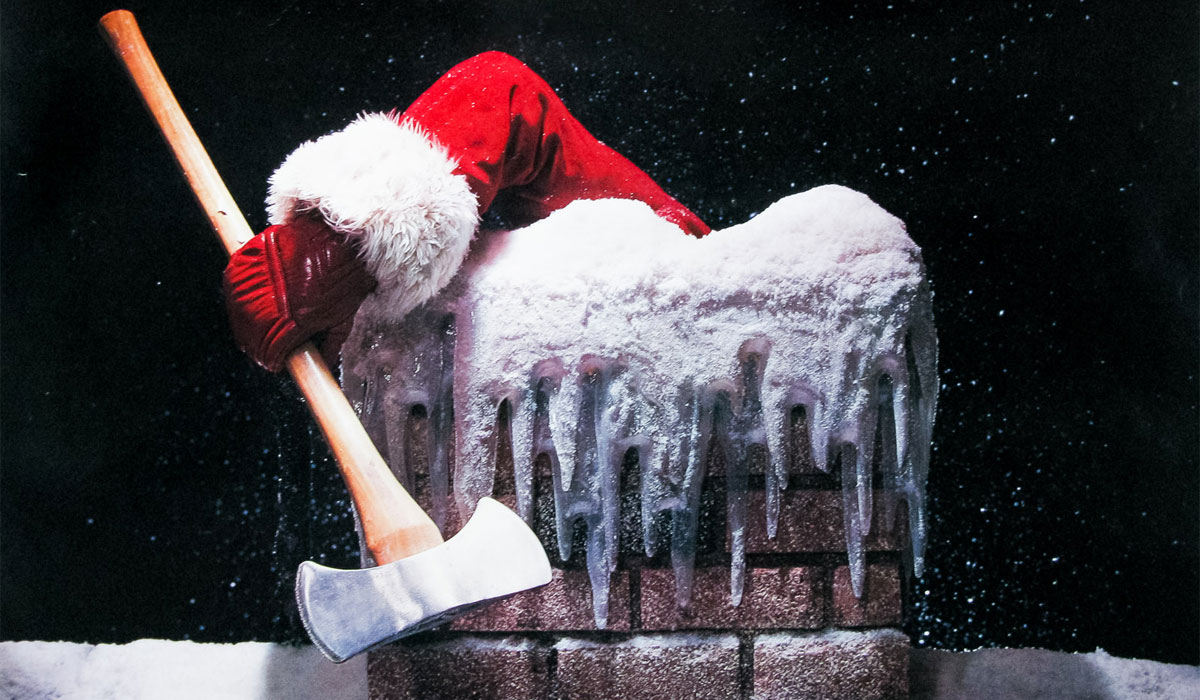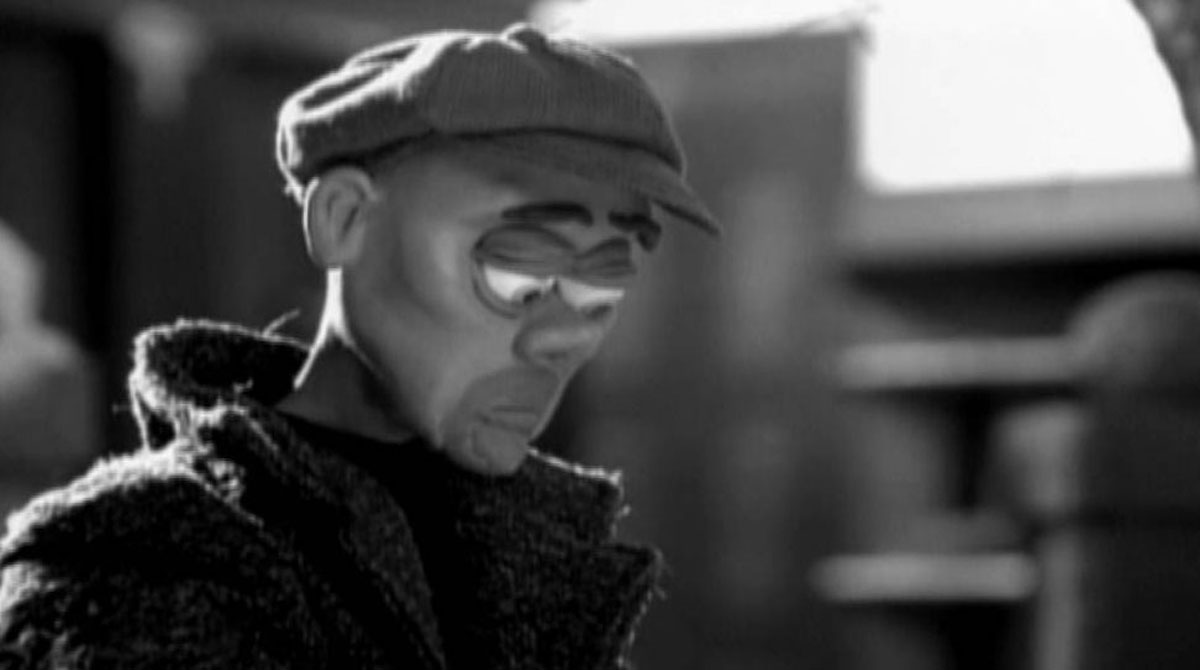Delta Redux: A Voyager Rewatch: Death Wish
I suppose I should start this discussion with a confession: I think Q is the worst recurring character on Star Trek.
I know there will be many in the Trek fandom that disagree with that opinion – some vehemently so. Q has become a fan favorite for many and John de Lancie’s hammy/camp performance much beloved. But for me whenever Q came on board with his over the top humor and meta-textual references I just found him tedious, like a watered down version of Robin Williams’ genie.
Sure there are episodes when his presence can be used effectively – Encounter at Farpoint and …All Good Things are perfect bookends for the Next Generation and I do find them to be classics of the series. But most others (Qpid and Q-Less anyone?) are, as I said, tedious at best – insipid at worst. So when I found the Q was making a perfunctory appearance on Voyager I found myself dreading the experience.
What a surprise then when I found this episode to be one of the best, if not the best of Voyager so far. Huh, go figure.
“I am curious. Have the Q always had an absence of manners, or is it the result of some natural evolutionary process that comes with omnipotence?” – Lieutenant Tuvok
The story setup is a basic one for Star Trek – a complex moral dilemma that the crew must somehow find a compromise to solve. This is essentially the bread and butter of the franchise as a whole. Much more than a simple action adventure program, Star Trek is, as I’ve said many times, a morality play in space. It uses the what speculative fiction does best which is to take a controversial contemporary issue and cloak it in scifi trappings or inversions in order to explore it at different angles than could be done with just a straight up drama. And when Star Trek does this well it is some of the most impressive television ever produced.
Death Wish does this extremely well.
Again, the story is a simple one. Voyager encounters a Q (not our Q but a Q – I’ll call him Quinn from here on in) who, it turns out, wants to die. The Continuum does not take kindly to this and had locked Quinn away for all time so as not to do harm to himself. Now that Quinn is released thanks to Voyager he attempts to fulfill his desire but is stopped by Q (the one we know and…well, love I guess). Thus begins an exploration of individual rights vs State controlled society and the meaning of life.
The debate takes the form of a trial (a la The Measure of a Man from TNG) and each side must state their case. Of course John de Lancie’s Q is full of campy humor but there is also a steely edge to his performance that counters Gerrit Graham’s quiet, reserved Quinn. They begin with a debate over the most obvious question raised by wanting to die – assisted suicide. This prompts discussions of an individual’s right to choose vs the establishment’s responsibility to ensure the safety of its citizens – even if that individual does not want to be safe. This debate in and of itself would have been sufficient to make a good episode, but Death Wish takes it one step further.
They journey to the continuum to see exactly why Quinn wants to die. The Continuum is a surreal landscape reminiscent of old 60s scifi. Because nothing is “real” per se and noting can be visualized as it actually “is” we are treated to a desert representing the barren nature of the Continuum, the lack of ideas and creativity complete with a circular road always returning to where one started.
We find that the Continuum has become bored. With and endless, immortal life and near omnipresent power the Q have nothing to strive for and they have withered into a life of endless nothingness. Quinn has become tied of the eternal repletion and wishes to end his existence in order to bring some kind of meaning to it.
And this is the real philosophical meat of the episode. Quinn has reached an existential impasse. In order for life to have meaning it must have a defined beginning and ending. Without that a life begins to entropy and fall into idleness, even decay. In Buddhist philosophy this is called Samsara – an eternal cycle of pain and suffering – something that is despised and must be constantly worked toward ending. At one point Quinn tells how he once spent eon as a scarecrow to which Q replies, “Yes, we’ve all been the scarecrow.” This confirms the cyclical nature of their existence – all of the Q do the same things endlessly, over and over with no passion or care. Quinn wishes simply to end the cycle.
The story ends with Quinn being allowed to become mortal and live a normal life as a human. But in something rather shocking for a Star trek show Quinn does not live a happy, comfortable life on a beautiful planet somewhere but instead does in fact kill himself. There was no compromise only conviction.
And this act of self-determination sparks Q to rebel in his our way and brings a little chaos back to the Continuum thus facilitating change or reinforcing the cyclical nature of their existence. Hard to tell with time measured in infinite chunks.
And what I have described here does not even touch on the political ideas brought up in this episode or the nature of the Q society revealed or even some of the little tidbits of Federation society that are casually mentioned (did you know suicide is legal in the Federation? The more you know).
This is one of the more thought provoking and entertaining episodes of Star Trek ever made – not just Voyager, but the franchise as a whole. It is simply a great episode of TV.
I still hate Q though.
The journey continues.












Likhon chowdhury says:
Conor says:
Andy Garcia says: